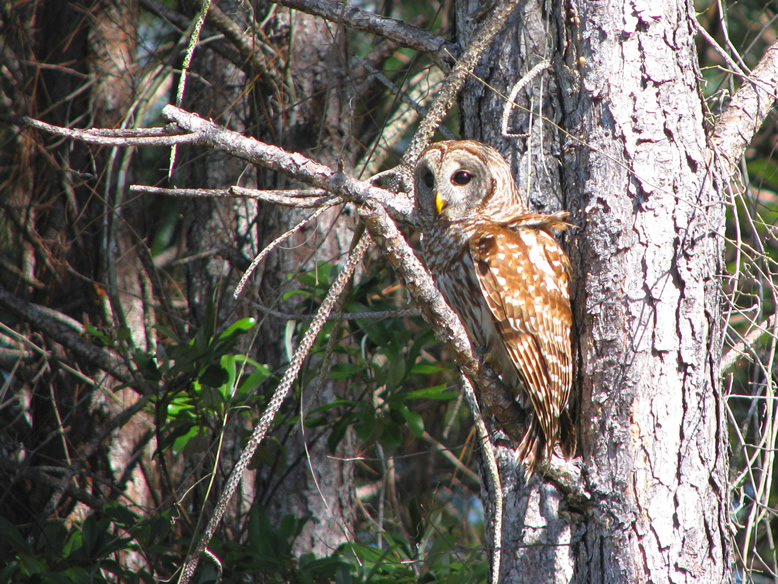The Formation of an Owl Pellet
Staring down at an owl pellet, have you ever how exactly is was formed? It’s quite an interesting process, and while you learn a lot through dissecting them, you don’t learn about the formation of them.
Finding and Consuming Their Prey

As you probably already know, an owl pellet contains the indigestible remains of an owls meal. Because of this, it’s safe to say that the first step in the formation of a pellet is the owl finding and consuming their prey.
Owls are opportunistic predators who typically go out in search of prey to consume during the night. Using both their night vision and keen sense of hearing, they will either fly overhead in search of prey, or wait in hopes of ambushing any passer-bys. Owls will consume a wide variety of prey, including shrews, voles, mice, moles, rabbits, small birds, lizards, grasshoppers, and crickets. Although rare, some owls have been known to kill and consume chickens if they’re available.
Meal Consumption and The Steps of Digestion
Once their prey is caught, the owl will use it’s beak (owls don’t have teeth) to tear chunks off and begin swallowing them whole. After being swallowed, the food begins it’s travel down the esophagus before ending up at the first part of the stomach known as the proventriculus. Here, enzymes, acids, and other digestion fluids will begin the first steps of digesting the consumed meal.
After the proventriculus has started breaking down the meal, it will then travel to the gizzard, the second part of the stomach. No digestion takes place here in gizzard. Instead, it’s purpose is to block out and hold portions of the meal that aren’t digestible, such bones, fur, beaks, and insect shells, from continuing to finish its travel to the small and large intestines. This blocked portion of the owls meal will remain here for several hours, compressing to form the shape of a pellet.
Pellet Regurgitation
Around 2 to 4 hours after consuming their prey, the indigestible portions of the owls meal (owl pellet) will begin to make its way from the gizzard back up to the proventriculus. Here, it will remain for a few hours before finally being regurgitated by the owl. The owl must regurgitate the pellet before consuming another meal, as the pellet will block any new food from passing through the owls digestive system.
Once the owl begins to regurgitate the pellet, it should only take a few minutes to completely come out. During this time, though, the owl will make gagging or choking-like noise that sounds like a cat trying to cough up a hair ball. When the pellet has reached the top of the esophagus, it will fall out onto the ground below the owl.